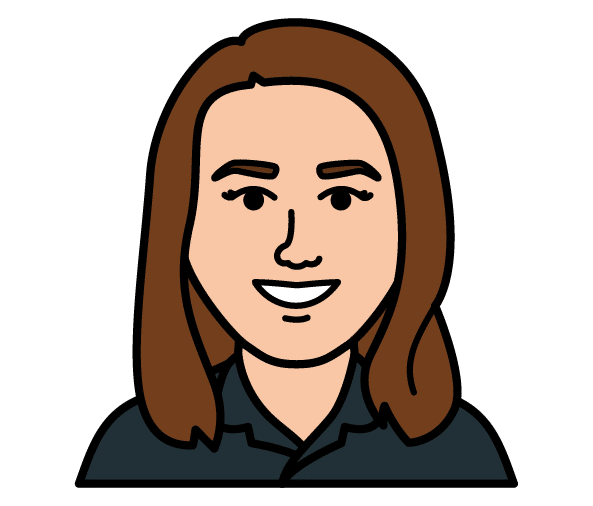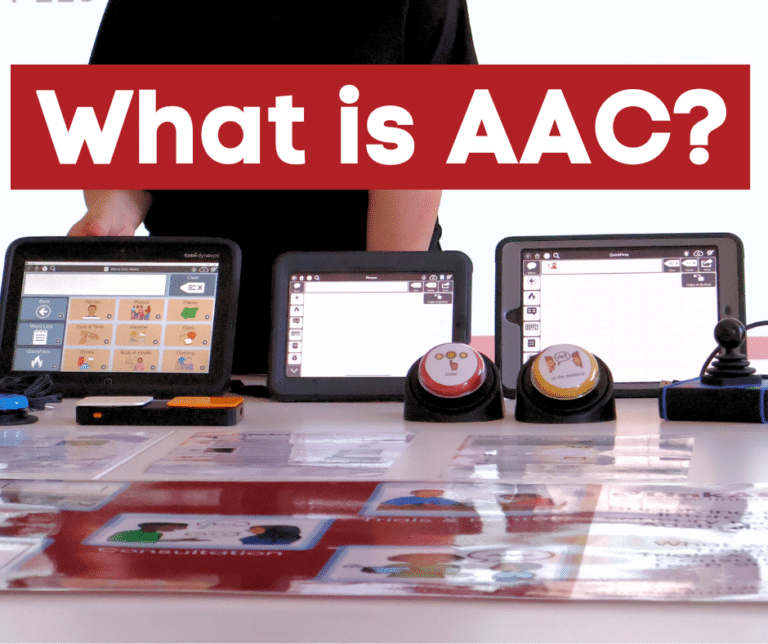
MND: AAC Devices
Navigating Communication with MND: AAC Devices Make a Difference
Motor Neuron Disease (MND) is a complex and progressive neurological condition that affects the nerve cells responsible for controlling voluntary muscles. As these motor neurons deteriorate, individuals experience increasing muscle weakness and loss of motor control, which can impact daily living. One challenging aspect of MND is its effect on communication.
The impact on communication
For many people with MND, communication becomes a significant hurdle. The weakening of the muscles involved in speech means that traditional methods of verbal communication may no longer be effective. Speech may become extremely difficult to understand, or not possible at all. This loss can lead to isolation, frustration, and a diminished sense of identity. The ability to express thoughts, emotions, and needs is vital, not only for personal relationships but also for making informed decisions about care and treatment.
The role of AAC devices
Augmentative and Alternative Communication (AAC) devices are designed to help individuals overcome communication barriers. These tools range from low-tech options like spelling boards and communication books, to high-tech devices that incorporate speech synthesis and eye-tracking technology. For people with MND, AAC devices can enable them to continue communicating effectively even as their physical abilities change.
What are AAC devices?
AAC devices serve as alternative methods for communication. They provide users with various ways to construct messages, whether through selecting images, typing on a keyboard, or using eye movements to control a cursor. They also allow integration with other critical communication functions, such as phone, SMS, email and social media connectivity. In addition, AAC devices offer integration with computer access, web browsing and environmental controls. AAC devices often include features like:
- Speech Generating Software: Converts text into synthesised speech, allowing the user’s words to be ‘spoken’ by the device. There are a range of software options available, such as: TD Snap and TD Talk
- Multiple Input Methods: Offers options such as touch screens, switches, or eye-tracking for users with different levels of motor control. You can learn more about access options and considerations here: Access Features List.pdf
- Use a personalised voice: Voice banking is the process of recording and preserving a person’s natural voice to create a personalised digital voice for use with communication devices. You can learn more here: TD_Preserve-Your-Voice_en-Global.pdf
Or see our previous blog: Voice & Message Banking – Link Assistive
- Integration with Mobile Phones: Many AAC devices now pair with smartphones, enabling users to make phone calls and send text messages. By linking with phone technology, users can remain socially connected and manage daily communications with ease. Software such as TD Phone has been designed with eye gaze users in mind.
- Email Capabilities: Communication through email remains a vital part of personal and professional life. Users can compose, edit, and send emails through on-screen keyboards and smart predictive text features, ensuring they can stay in touch and manage important correspondence.
- Social Media Connectivity: Continue to browse social media feeds, post updates, and interact with friends – social media platforms offer a crucial avenue for community engagement and personal expression.
- Environmental Controls: Many AAC devices can integrate with smart home technology, such as smart speakers. This can allow people to turn on lights, control music, or switch on the TV.
- Web Browsing Capabilities: Interact with web browsers that are fully accessible. Users can navigate websites, scroll through content and click links using eye gaze access, making it possible to access news, educational content, entertainment, and social media platforms. TD Browse is a unique software option that has been designed to make web browsing as intuitive as possible for eye gaze users.
- Full Computer Control: Operate desktop environments by tracking eye movements to move the cursor, select icons, and execute commands. This allows people to perform everyday computer tasks from document editing to multimedia consumption, independently. This can be done through software such as TD Control
- Customisable Interfaces: Recognising that each user has distinct needs, these devices are highly customisable. Settings such as interface layout, applications available and the type of input method can be tailored to match the user’s visual and cognitive preferences. This level of personalisation ensures that the device grows and adapts along with the user’s abilities and requirements.


Resources
Professionals such as speech language pathologists and occupational therapists play an essential role in guiding users through the selection, customisation, and ongoing adaptation of AAC and assistive technology. Useful assessment tools for professionals to have in their toolkit include:
AAC Assessment Process Overview – contains Screening, Assessment and Goal Setting tools: AAC Assessment Process Overview .pdf
Client-Centred AAC Assessment Planning Tool: Client Centered AAC Assessment Planning Tool.pdf
Communication Survey for People with MND: TD_Intake-Communication-Survey_MND_en-UK.pdf
Identifying Client Technology Needs: Identifying Client Technology Needs Rating Scale.pdf
Access Screening Tool – a tool for helping you decide on an access method that may be suitable for someone: Access Screening Tool.pdf
MND Printable Communication Boards: TD_CommunicationBoard_MND_en-UK.pdf



